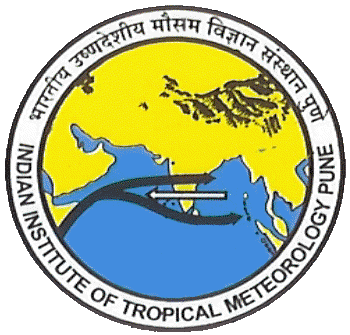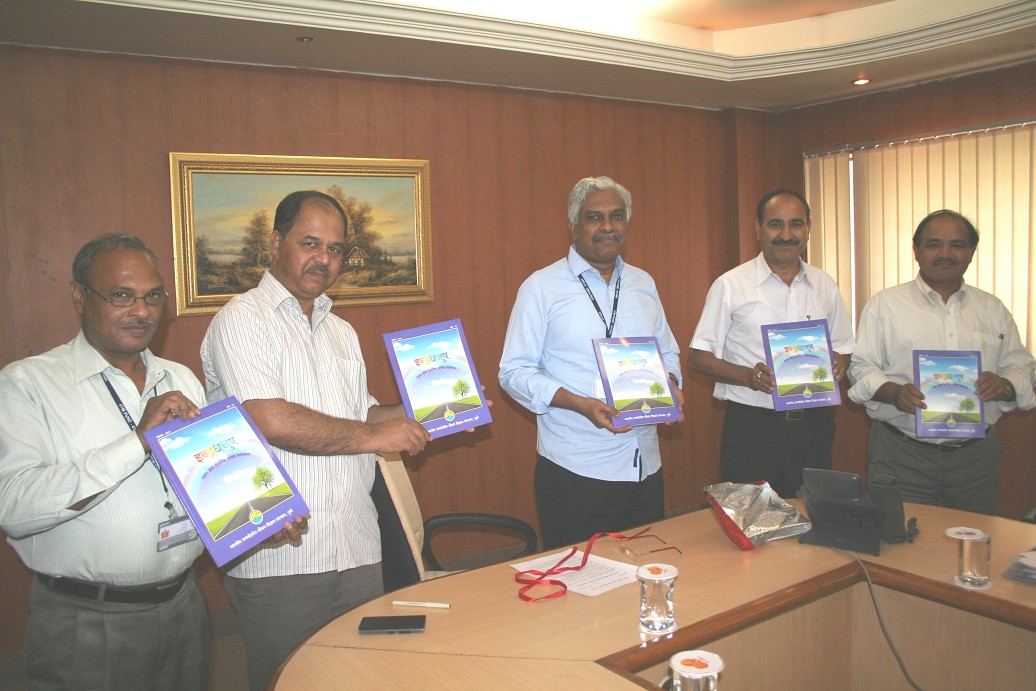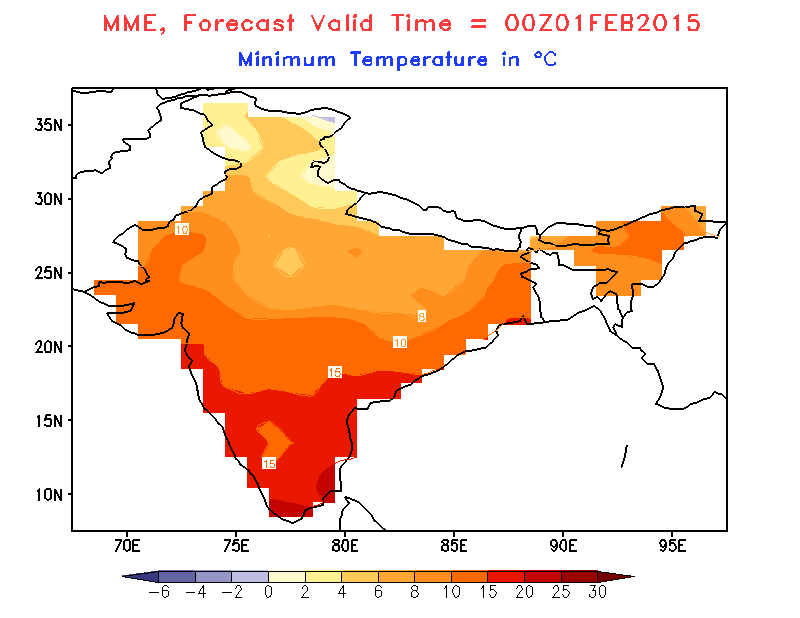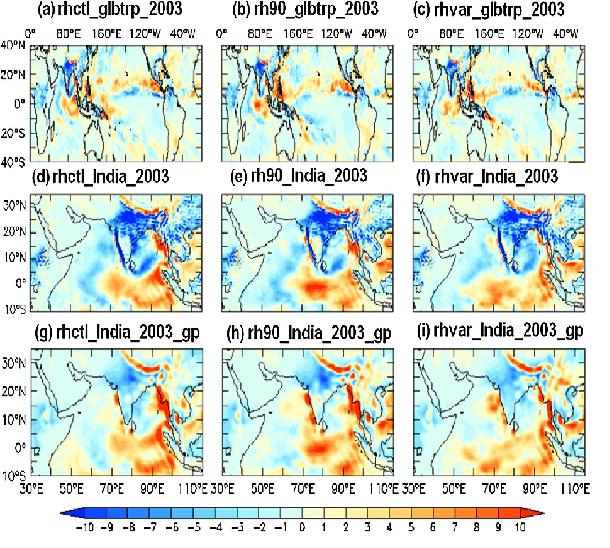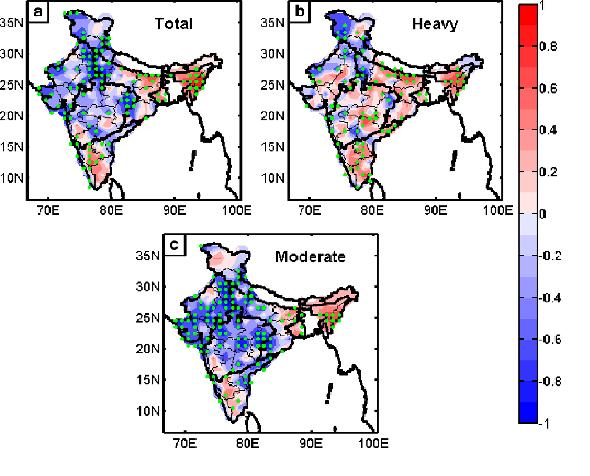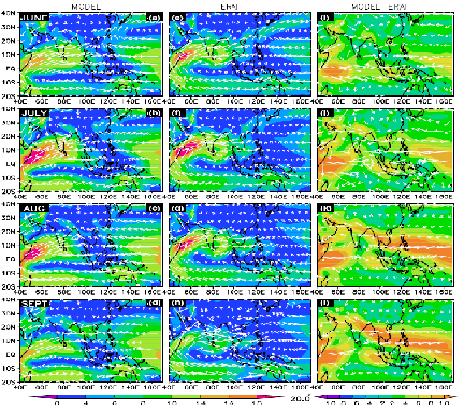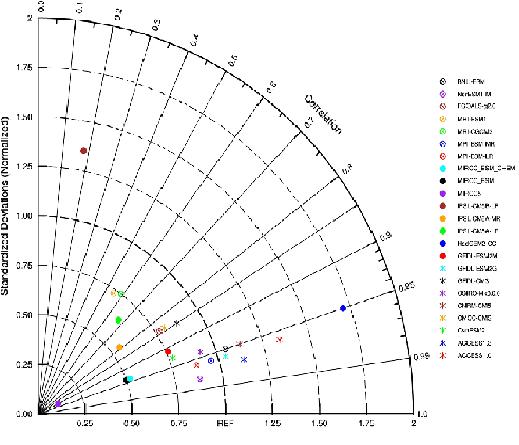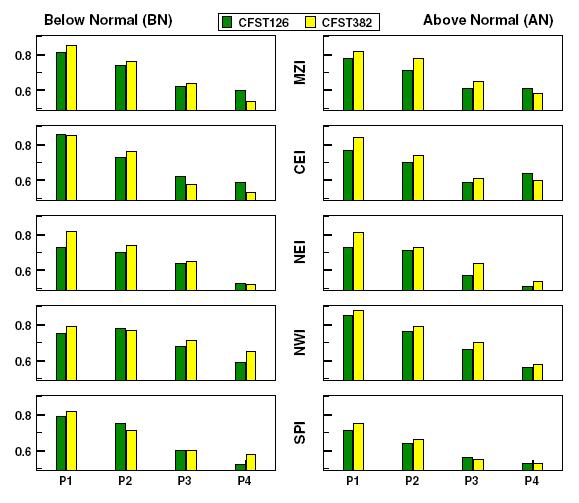IITM Publication Highlights
Rethinking Indian monsoon rainfall prediction in the context of recent global warming
|
Prediction of Indian summer monsoon rainfall (ISMR) is at the heart of tropical climate prediction. Despite enormous progress having been made in predicting ISMR since 1886, the operational forecasts during recent decades (1989-2012) have little skill. This research study shows that, with both dynamical and physical-empirical models, this recent failure is largely due to the models' inability to capture new predictability sources emerging during recent global warming, that is, the development of the central-Pacific El Nino-Southern Oscillation (CP-ENSO), the rapid deepening of the Asian Low and the strengthening of North and South Pacific Highs during boreal spring. A physical-empirical model that captures these new predictors can produce an independent forecast skill of 0.51 for 1989-2012 and a 92-year retrospective forecast skill of 0.64 for 1921-2012. The recent low skills of the dynamical models are attributed to deficiencies in capturing the developing CP-ENSO and anomalous Asian Low. The results reveal a considerable gap between ISMR prediction skill and predictability.
Read more...
(B.Wang, B.Xiang, J.Li, P.J.Webster, M. Rajeevan, J.Liu and K.J.Ha, Nature Communications, 2015) |
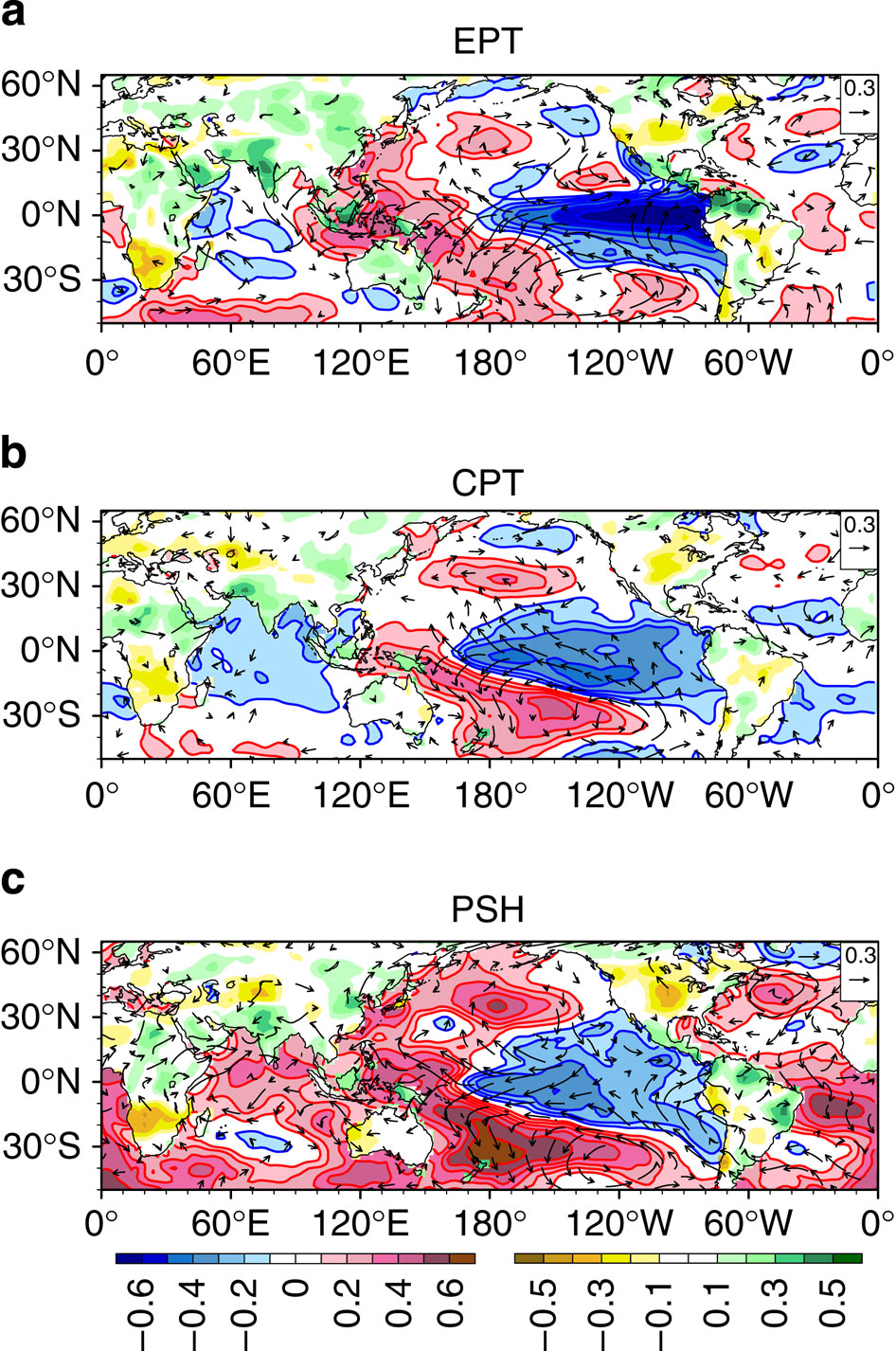 |
Role of orography in inducing high lightning flash rate at the foothills of Himalaya
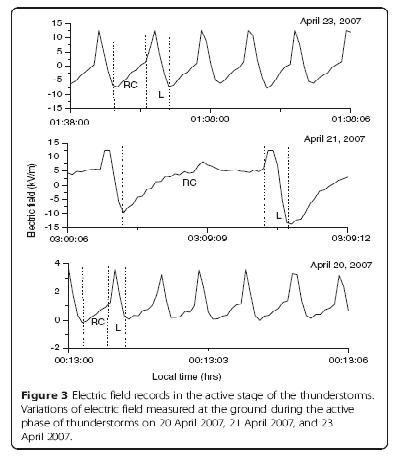 |
Surface electric measurements obtained beneath thunderstorms with almost similar characteristics at a station located close to the Himalayan foothills in northeastern India have been analyzed. Observations suggest many severe thunderstorms occur over this region during late evening/night hours. Moisture conversion at foothills due to radiative cooling at mountaintops during nighttime may be responsible for triggering of such deep convections over Guwahati during the pre-monsoon season. Read more... (S D Pawar, V Gopalakrishnan and P Murugavel, Earth, Planets and Space, Vol. 67 Apr. 2015)) |
Unprecedented hailstorms over north peninsular India during February-March 2014
|
Unprecedented, widespread, and devastating hailstorms occurred during February and March 2014 over north peninsular India (study area). A diagnostic study has been carried out to understand the causes for the same. Mechanism of the hailstorm formation and sustenance for a long time has been constructed. Unusual southward displacement and persistence of the midlatitude westerlies, convective instability, buoyancy from latent heat of ice deposition and synoptic scale updrafts produce widespread hailstorms. Read more... (J. R. Kulkarni, S. B. Morwal, S. G. Narkhedkar, R. S. Maheskumar, B. Padmakumari,S. Sunitha Devi,M. Rajeevan, JGR-Atmos, Apr 2015) |
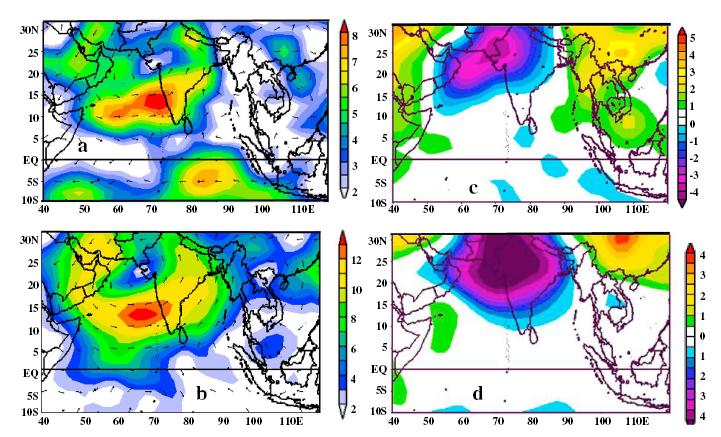 |
